Amiodarone is an antiarrhythmic that can cause quite a few problems if not monitored appropriately. One of those concerns is drug interactions. In this blog post, I will share my top 5 amiodarone drug interactions to be aware of.
#1 – Top 5 Amiodarone Drug Interactions
QTc prolongation is a risk associated with the use of amiodarone and many medications can exacerbate this risk. Antipsychotics, macrolide antibiotics, citalopram, and quinolone antibiotics pose significant risks along with many other medications. Due to the fact that there are so many potential medications that can interact in this manner, it is important to monitor an EKG in these patients. Crediblemeds is a source that can help you identify which medications may pose QTC prolongation risks.
#2 CYP3A4 Inhibition
Grapefruit juice bears specific mention when discussing amiodarone drug interactions. One study demonstrated that amiodarone’s AUC can increase by 50% and Cmax by 84%. This is a big increase in drug concentrations and because of this, it is not recommended to use grapefruit juice when taking amiodarone. The mechanism of this interaction is due to the inhibition of CYP3A4 by grapefruit juice. Amiodarone is significantly broken down by CYP3A4. There are azole antifungals that may also pose a concern when used in combination with amiodarone. Systemic ketoconazole and itraconazole can both inhibit CYP3A4 to a significant extent. Just as with grapefruit juice, concentrations of amiodarone will rise with the use of these agents Other CYP3A4 inhibitors can cause the same effect as the azoles and grapefruit juice but I wanted to mention each of these specifically.
#3 Digoxin and Amiodarone Interaction
The amiodarone digoxin interaction is one you need to know. Amiodarone can significantly raise the concentration of digoxin in the body potentially leading to digoxin toxicity. A reduction in the dose of digoxin will likely be required with a new start of amiodarone. Signs of digoxin toxicity include confusion, weight loss, loss of appetite, N/V/D, or visual problems.
#4 Bleed Risk With Warfarin
Warfarin concentrations can rise when amiodarone is added or changed. This can increase bleeding risk. I outline strategies to navigate this interaction in this previous blog post.
#5 Bradycardia Risk
Lastly, amiodarone carries the risk of contributing to bradycardia and there are medications that can exacerbate this risk. Beta-blockers are the most obvious and commonly used medication that may have additive bradycardia effects. In this same vein, don’t forget about the less commonly used calcium channel blockers of diltiazem and verapamil. Lastly, the acetylcholinesterase inhibitor such as donepezil for dementia can have additive bradycardia side effects as well.
What other interaction is in your top 5 amiodarone drug interactions?
Looking for more on drug interactions? We’ve got an 18 page PDF on my top drug interactions which you can get for FREE by subscribing to our blog!



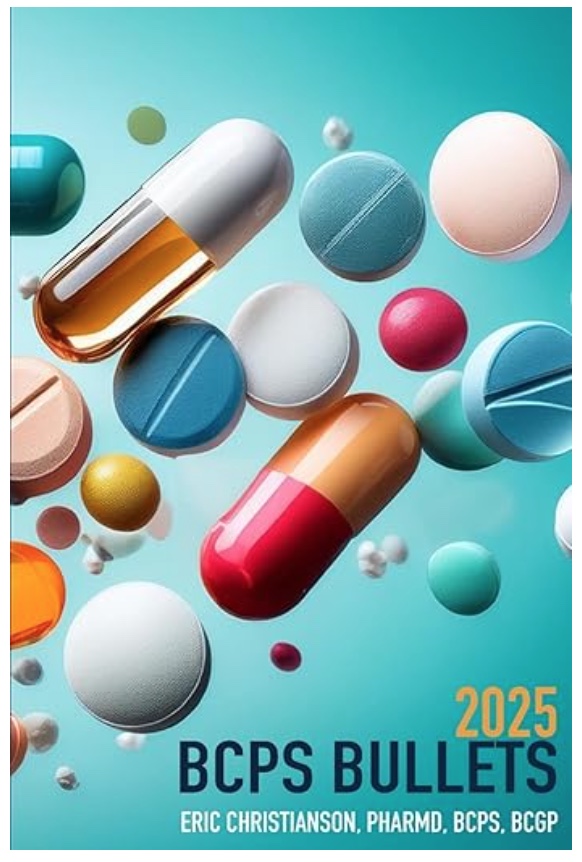
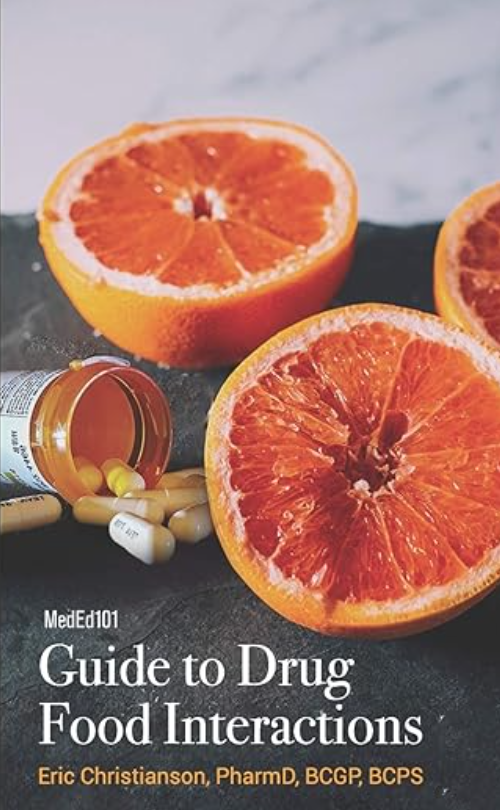
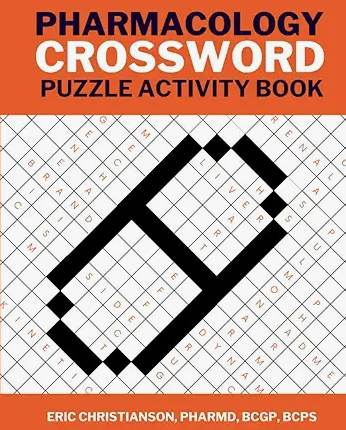
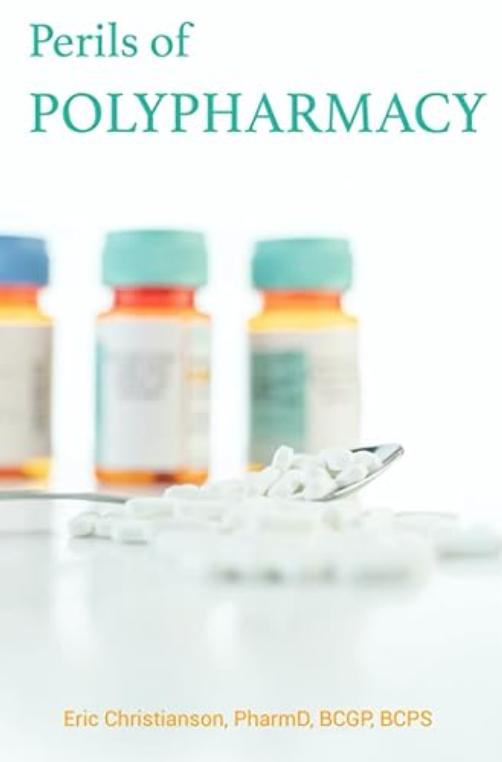
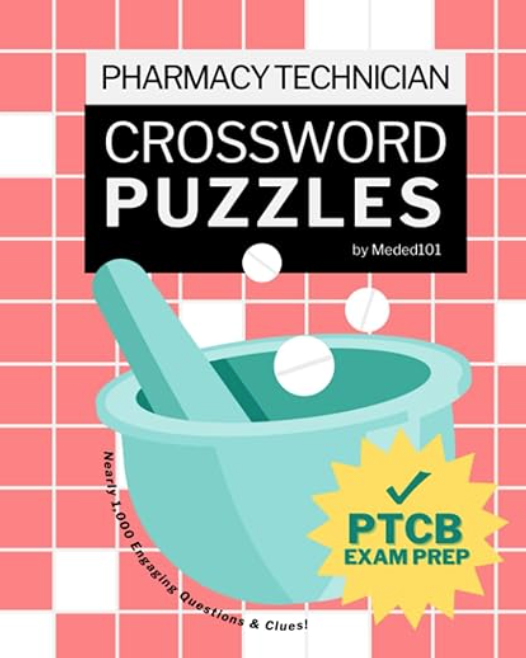

0 Comments